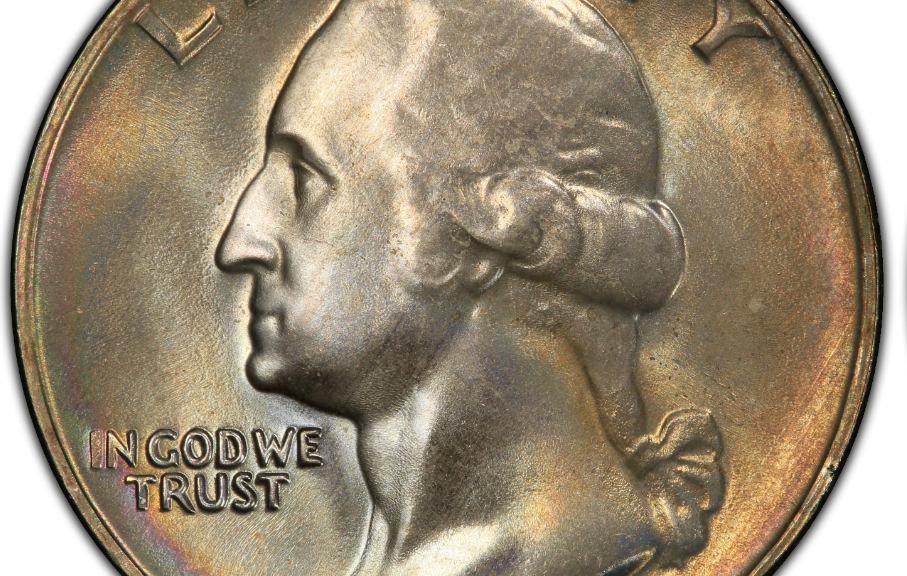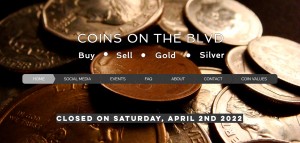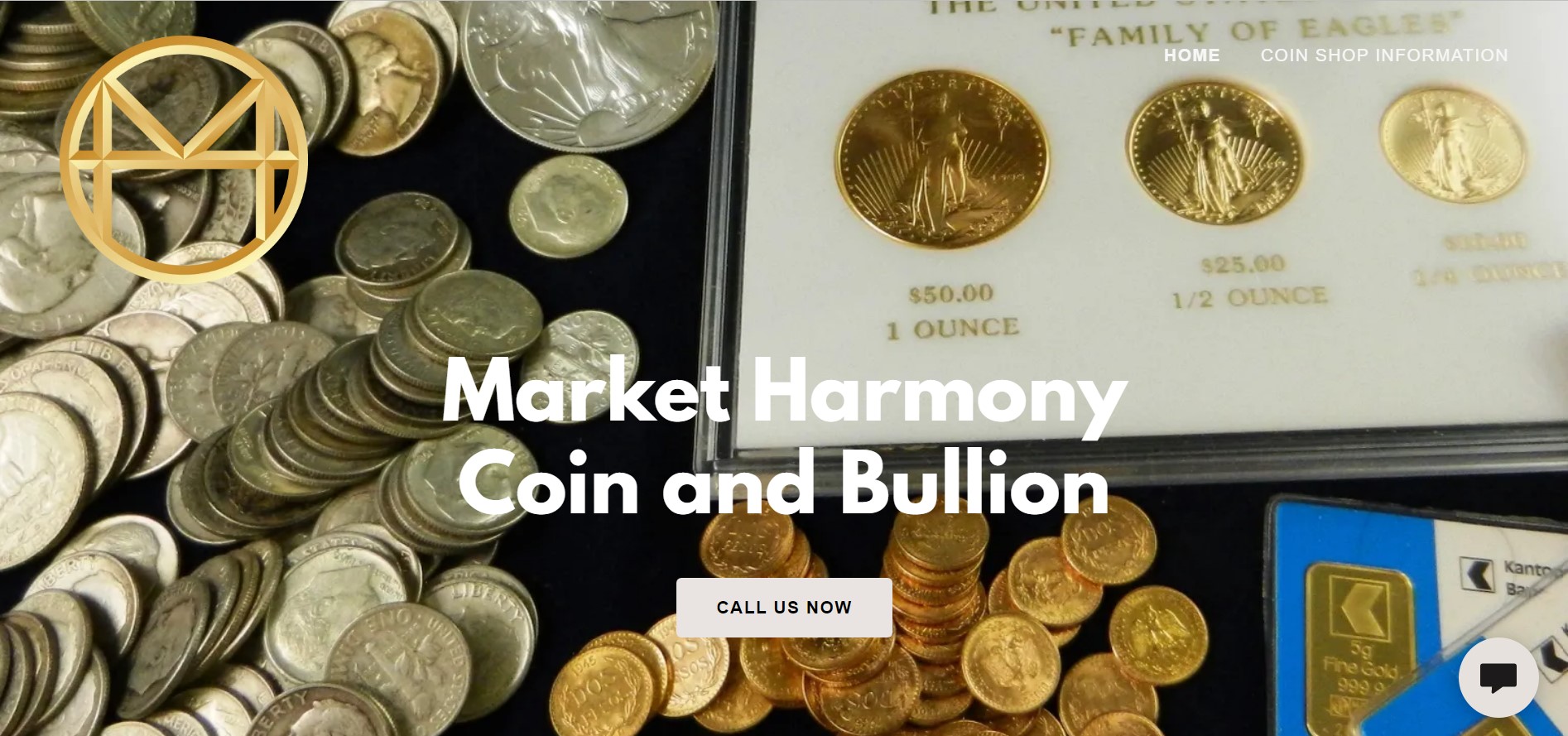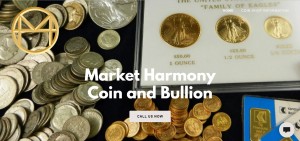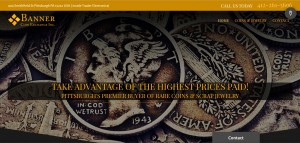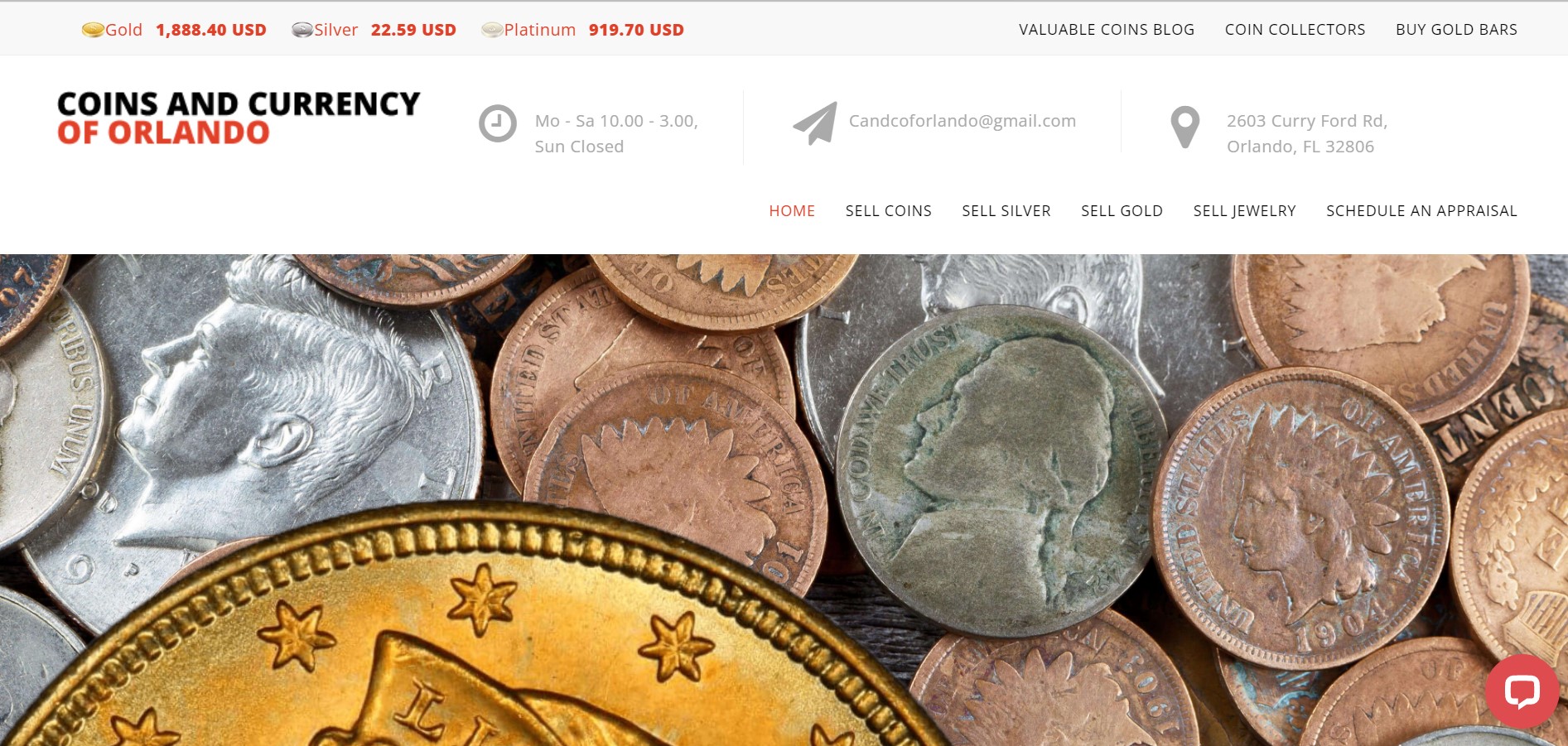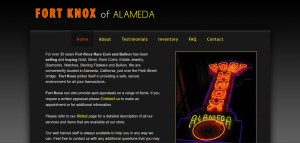The 1967 quarter is an essential part of American numismatic history as it was minted during a period of significant change in the composition of US coins. Like the 1965 and 66 quarter, the 1967 quarter is made from a copper-nickel clad composition, as the US Mint transitioned away from silver due to rising costs. Primary factors influencing the values are detailed below, please be sure to share on social media. Thanks!
‘67 Quarter Value: Pricing Table

Here’s a pricing table based on the coin’s grade:
| Grade | Description | Estimated Value |
|---|---|---|
| AG-3 | About Good | $0.25 |
| G-4 | Good | $0.25 |
| VG-8 | Very Good | $0.25 |
| F-12 | Fine | $0.25 |
| VF-20 | Very Fine | $0.25 |
| EF-40 | Extremely Fine | $0.25 |
| AU-50 | About Uncirculated | $0.50 |
| MS-60 | Mint State Basal | $2.00 |
| MS-63 | Mint State Acceptable | $7.00 |
| MS-65 | Mint State Gem | $20.00 |
| MS-67 | Mint State Superb | $40.00 |
This Quarter’s Composition and Design
The 1967 quarter consists of a copper-nickel clad composition, with a total weight of 5.67 grams, a diameter of 24.26 mm, and a reeded edge. The obverse side features the iconic profile of George Washington, designed by John Flanagan. The reverse side showcases the heraldic eagle, a design by John Mercanti.
Factors Impacting the Quarter Value
Several factors can affect the value of a 1967 quarter, including:
- Condition: The state of the coin plays a crucial role in determining its value. The Sheldon Scale, a 70-point grading system, is often used to evaluate a coin’s condition. Uncirculated or mint state coins, with grades above MS-60, usually have a higher value than circulated coins.
- Mintage: The quarter had a substantial mintage of over 1.5 billion coins. This large supply means that most 1967 quarters are relatively common, limiting their value.
- Variety: Some of these quarters may feature unique characteristics or minting errors that can increase their worth. These coins are often sought after by collectors.
- Provenance: The history or background of a coin can also influence its value. A 67 quarter with an interesting story or from a notable collection may attract a premium.
Current Market Value
The value of a 1967 quarter can range from $0.25 for a circulated example to approximately $20 for an uncirculated coin in high grade. It’s important to remember that these values can fluctuate based on the factors discussed earlier, as well as market demand and available supply.
Collecting Tips
If you’re interested in collecting 1967 quarters, consider the following tips:
- Focus on condition: Acquire coins in the best possible condition, as these tend to hold their value better over time.
- Seek out variety: Look for 1967 quarters with unique characteristics or errors, as these can be more valuable than their common counterparts.
- Store coins properly: Ensure that you store your coins in a safe, dry environment to prevent damage and preserve their condition.
- Network with other collectors: Join coin clubs or online forums to connect with fellow enthusiasts, share knowledge, and stay informed about market trends.
1967 Special Strikes
In 1967, the United States Mint produced a unique set of coins known as Special Mint Sets, which included special strikes of the 1967 quarter. These coins were made using a different minting process than the regular circulation coins, resulting in a higher quality and more detailed finish. In this article, we will delve into the specifics of the 1967 special strikes, their distinguishing features, and their value for collectors.
Distinguishing Features of 67 Special Strikes


- Sharper design details: The special minting process resulted in sharper and more detailed design elements on both the obverse and reverse sides of the coin. This includes the profile of George Washington and the heraldic eagle.
- Frosty appearance: The 1967 special strikes often exhibit a frosty or matte finish, which differs from the glossy appearance of regular circulation coins.
- Higher quality: These special quarters were made with greater care and attention, resulting in fewer minting errors and a higher overall quality.
- Special packaging: The 1967 Special Mint Sets were sold in protective plastic cases, which included one example of each circulating coin (penny, nickel, dime, quarter, and half dollar) minted that year.
Special strike quarter can be worth anywhere from $10 to $50 or more, depending on the coin’s grade and the current market demand.

